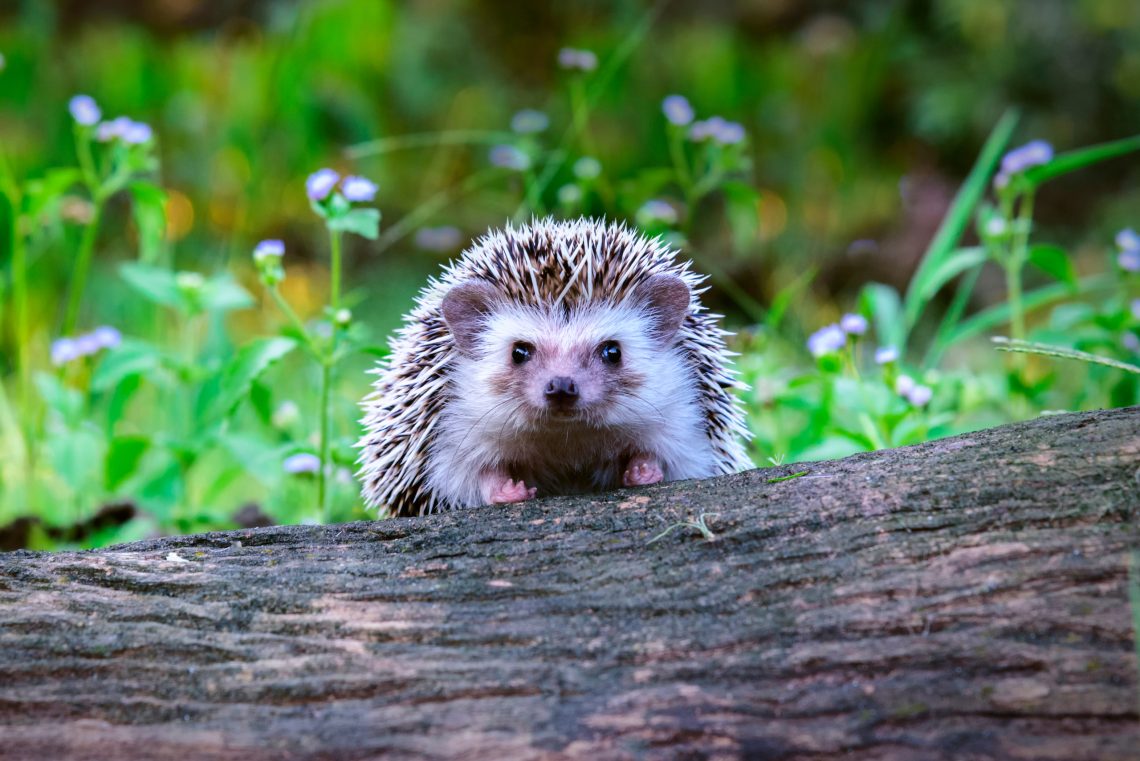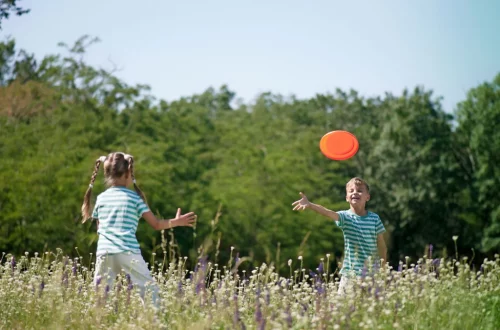
Top Tips For Attracting Wildlife Into Your Garden
Adding native plants and a bird bath to your garden are a few top tips for attracting wildlife into your garden. Other than adding a bird bath, you can also leave some areas of your garden unkempt, so that they can become snack boxes and dinner stops. Leaving some areas unkempt can help attract many species of birds and other animals. Below are some other top tips for attracting wildlife into your garden.
Planting native plants
Native plants have several advantages when it comes to attracting wildlife to your garden. Native plants provide birds with three major food sources – seeds, fruits, and insects. By planting native plants in your garden, you can also create habitat for these wildlife species. Read on to learn how you can attract wildlife to your garden. It will be easier than you think! Here’s a guide to getting started. Hopefully, you’ll get the wildlife you’re after.
First, you should choose native plants that are well-adapted to the climate and soil in your area. Choose native plants – even cultivars are not as suitable for wildlife as native varieties. If you choose to purchase plants from a conventional nursery, make sure you ask for seed from a local seed collection. Unfortunately, most of these nurseries do not carry a wide variety of native plants. Fortunately, there are specialty nurseries that specialize in native plants. Among these are orchids and trilliums.
Adding a bird bath
Adding a bird bath to your garden is a great way to attract different kinds of birds. Birds that feed on seed and insects will likely use an above-ground bird bath to keep their bodies hydrated. A ground-level bird bath will attract many different species, including frogs, snakes, and even bugs. If you want to attract these animals to your garden, you need to place the bird bath in a prime location.
Place the bird bath in a shady area. Birds prefer the water to be shallow so they can splash around. If you want to make your birdbath deep, add some rocks to it. Keep the water cool, fresh, and clean for the birds to drink and preen. Make sure to include watering in your regular routine to help prevent mosquitoes from nesting in the water.
Creating a diverse wildlife garden
Creating a diverse wildlife garden begins with carefully selecting the plants you want to include. Identify the types of animals you wish to attract to your garden and choose plants that will support them. It’s important to create a habitat that mimics the structure of a forest. Choose evergreen and deciduous plants that will provide shelter for the wildlife you want to attract. For best results, combine both evergreen and deciduous species.
Plants with differing flowering and seeding times will provide food for various creatures, including birds, butterflies, and insects. Plants with colourful nectar-rich flowers will attract bees, wasps, and butterflies. Insect-eating birds will appreciate the diversity of food in your garden. Hedgehogs and grub-hungry chicks will also appreciate the presence of minibeasts.
Leaving some areas unkempt
While it may be tempting to keep your garden pristine, it can help attract many species of wildlife into your garden by leaving some areas unkempt. Some species thrive in unkempt, cluttered areas, such as the edges of a flowerbed. For example, dandelions are generally seen as weeds, but they are actually habitats for dozens of insects that have declined in recent years.
Leaving some areas unkempt is an essential step in attracting wildlife to your garden. Leaving areas unkempt can prevent ecological processes from transforming your lawn and can help attract a variety of different creatures. Different herbivores can thrive in unkempt areas, while areas that are regularly mowed favor daisies. These plants provide a nectar feast for bees and other insects. On the other hand, areas that aren’t mowed can be attractive to a diverse cast of creatures.
Creating a shady area
To create a shady area in your garden, you will need to consider the amount of light the area gets. A deep shade is limited to a few plants, but you can enhance the area with benches, footpaths, and a shade-resistant ground cover. You may also want to add a water feature to attract local wildlife. Water features not only look great, but also improve the value of your property. You can also install a fire pit in your garden to provide a gathering area for visitors. A patio can also be an attractive focal point. Hardscapes can be planted around it.
While creating a shady area in your garden may be a tedious task, the payoff can be worth it. Solitary wasps and bees will happily lay their eggs in timber posts positioned in sunny spots. These insects help pollinate flowers, and keep garden pests in check. A pile of logs will also attract little hedgehogs. Rotting wood will attract a variety of insects, including snails and caterpillars.
Adding a garden pond
Adding a garden pond can help attract a range of wildlife to your property. Some people create a simple barrel pond for the purpose of attracting wildlife. Others opt to create a larger pond. Either way, they’re all great ways to encourage wildlife in your garden. Here are some things to consider before you set up your pond. You can make a wildlife corridor by using a small piece of land and placing it in an open sunny area.
Frogs can be a fantastic addition to your garden, as they are voracious hunters of insects. Frogs won’t bother your vegetables, but they will happily eat slugs and insects from your garden. Frogs will also overwinter in a garden pond, making it a great source of natural pest control. However, don’t forget to read the instructions carefully and make sure that your pond is well-maintained.


